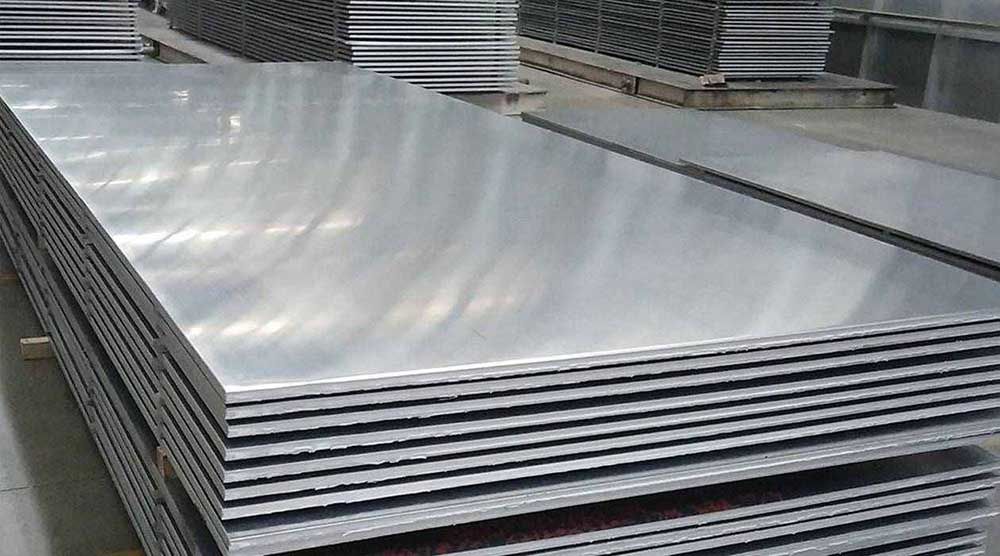
During the development of modern aviation industry, aluminum alloy has always been the cornerstone supporting aircraft to reach a higher level. According to statistics, aluminum alloy accounts for more than 70% of the fuselage structure of a typical passenger aircraft. Its excellent comprehensive performance lays a material foundation for the safety, economy and reliability of the aircraft.

2000 series (aluminum-copper series): represented by 2024, with high strength but poor corrosion resistance, mostly used for load-bearing components.
6000 series (aluminum-magnesium-silicon series): 6061 is a typical representative, with medium strength and excellent processing performance. Haomei Aluminum is one of the 6061 aluminum suppliers in China
7000 series (aluminum-zinc-magnesium-copper series): 7075 aluminum plate is the flagship product, known as "super-hard aluminum", and is one of the strongest commercial aluminum alloys.
Composition characteristics: Magnesium (0.8-1.2%) and silicon (0.4-0.8%) form Mg₂Si strengthening phase, and a small amount of copper is added to improve strength.
Typical tempers:
T6: It is the most commonly used state. After solution treatment + artificial aging, the strength and corrosion resistance are optimally balanced.
O temper: It is a fully annealed state, suitable for cold processing scenarios requiring high plasticity.
Performance advantages:
Ideal strength-to-weight ratio (tensile strength 240-310MPa)
Excellent welding performance
Natural corrosion resistance
Application scenarios: aircraft skin, interior structure, spacecraft frame, as well as civil fields such as building curtain walls and automobile wheels.
Composition characteristics: Zinc (5.6-6.1%) is the main alloying element, supplemented by magnesium and copper to form a strengthening phase MgZn₂, and the strength can reach more than 500MPa after heat treatment.
Typical state:
T651: Ultra-high strength is obtained through solid solution treatment + artificial aging, suitable for key load-bearing components such as wing main beams.
T7351: The two-stage aging process significantly improves the stress corrosion resistance and is suitable for high-stress structures in humid environments.
Performance advantages:
Tensile strength is 30% higher than that of mild steel
Excellent fatigue resistance
Good anodizing reaction characteristics
Application scenarios: High-stress components such as aircraft wing main beams, fuselage frames, landing gears, and high-end mold manufacturing.
Strength priority scenario: 7075-T651 is suitable for key components that bear extreme loads, but surface treatment (such as anodizing) is required to improve corrosion resistance.
Comprehensive performance requirements: 6061-T6 strikes a balance between weldability, corrosion resistance and processing costs, and is suitable for complex structure manufacturing.
Environmental adaptability: 6061-T6 is more recommended in coastal or high humidity environments, and its natural corrosion resistance can reduce maintenance costs.
Special state selection: 7075-T7351 significantly enhances stress corrosion resistance while maintaining high strength, and is suitable for aviation equipment in marine environments.
Haomei Aluminum is also an aluminum 7075 supplier. Welcome to leave message below to tell us the specification you need.
Original Source:https://www.aircraftaluminium.com/a/two-popular-aircraft-aluminum-alloys-6061-and-7075.html
Tags: 7075 aluminum plate ,
Contact Us